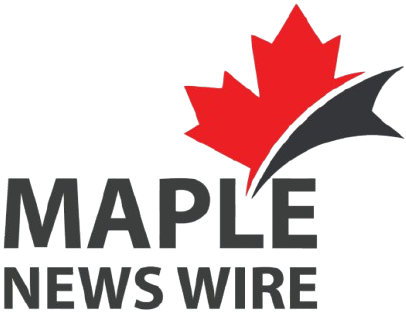Exterra raises $20M to repurpose asbestos waste into carbon-storing minerals, aiming for a massive clean tech facility in Québec by 2027.
A New Vision for Mine Waste
Montréal-based cleantech startup Exterra has secured $20 million in Series A funding to revolutionize how we deal with one of Canada’s most toxic legacies: asbestos mine tailings. Instead of treating mining byproducts as disposable waste, Exterra is converting them into valuable resources that actively help fight climate change.
“Mining must become part of the circular economy if we want to tackle the climate crisis,” said Exterra CEO Olivier Dufresne.
The fresh capital brings Exterra’s total funding to $32 million, with major backing from Clean Energy Ventures, BDC Capital’s Climate Tech Fund, and support from Investissement Québec, MOL Switch, and Karpowership.
From Asbestos Waste to Industrial Gold
Exterra’s breakthrough lies in two innovative technologies:
- Mineral Extraction: Their process treats asbestos-laden mine tailings with acid, neutralizing hazardous fibres and extracting silica, nickel, and magnesium oxide. These materials are highly sought-after in fireproofing and electric vehicle (EV) battery supply chains.
- Carbon Mineralization: Magnesium oxide from this process is further used to absorb and lock away CO₂, forming magnesium carbonate. Each tonne of magnesium oxide can capture 1.1 tonnes of carbon dioxide—making Exterra a player in the carbon credit economy.
The Hub One Vision for 2027
With the new funding, Exterra aims to build Hub One, a commercial-scale asbestos waste processing plant by 2027. The proposed site will either be in Thetford Mines or Val-des-Sources—formerly Asbestos, Québec, once a global asbestos capital.
The plant is expected to process up to 400,000 tonnes of asbestos tailings annually, marking the world’s largest facility of its kind.
Economic & Environmental Promise
Despite still being in the pre-commercial scoping phase, the roadmap is clear. Exterra plans to:
- Scale pilot operations to industrial levels.
- Finalize engineering studies.
- Secure contracts with long-term industrial clients.
- Grow its current 13-member team to 20 over the next year and a half.
Their revenue strategy is diversified:
- Selling magnesium oxide to industrial firms.
- Supplying nickel to EV battery manufacturers.
- Marketing carbon credits—already pre-purchased by Frontier Climate and MaRS.
Navigating the Carbon Credit Landscape
While many companies are scaling back their green pledges, Dufresne remains optimistic. He emphasized that Exterra isn’t solely reliant on carbon credits—a move that shields them from volatility in the sustainability market.
A Growing Ecosystem of Clean Mining in Canada
Exterra isn’t alone in this space. Other Canadian cleantech innovators like BAIE Minerals in Newfoundland and Deep Sky in Québec are also exploring different methods of mining waste valorization and carbon capture.
But as Dufresne puts it, “We’ll need every solution possible” to address the scale of the climate crisis. And Exterra’s approach could be a key piece of that puzzle.
Stay tuned to Maple News Wire for more updates on Canada’s cleantech breakthroughs and green industrial transitions.




